Inside look at UTAS old forestry building redevelopment in Hobart’s CBD
Hobart’s old forestry building is being transformed into a hub for the University of Tasmania, which the institution describes as a “crucial development”. Here’s an exclusive inside look.
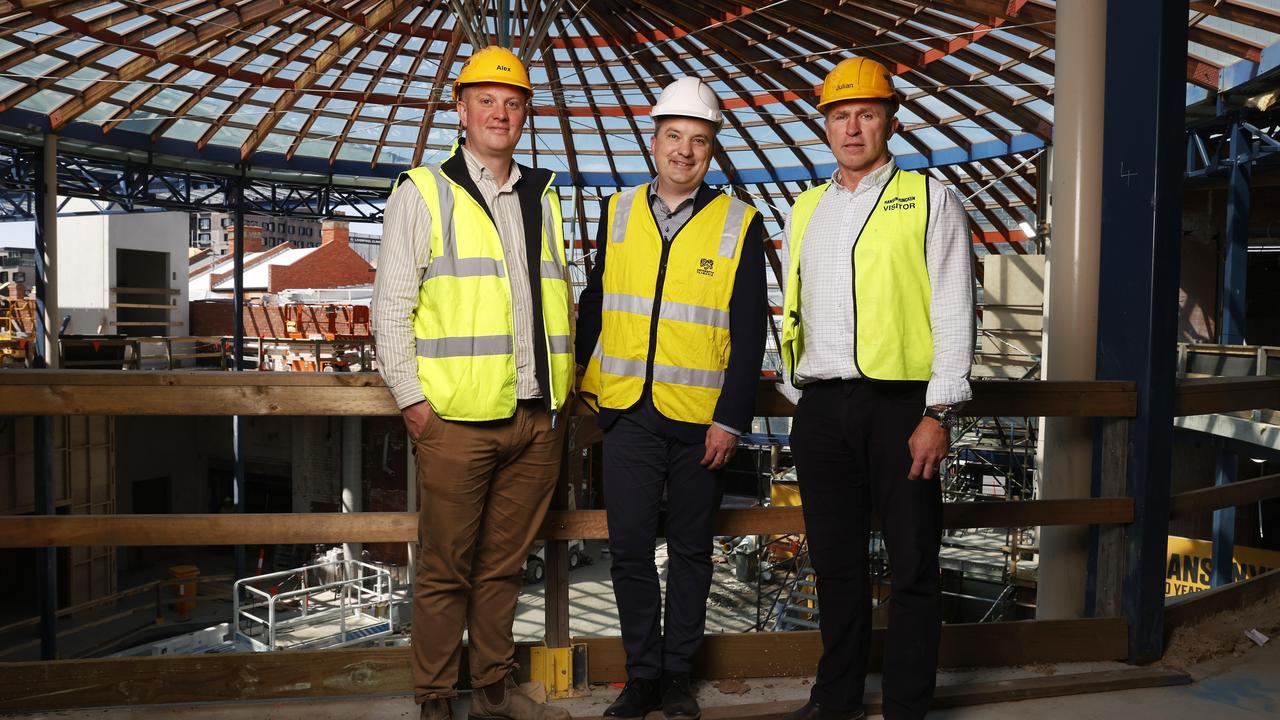
To passers-by it seems like a simple city renovation – but inside Hobart’s old forestry building up to 150 tradies are working on one of the most progressive architectural projects in the world.
The $131m University of Tasmania’s redevelopment of the old forestry building in Melville St is the biggest project undertaken in the state by construction company Hansen Yuncken.
At the 2024 World Architecture Festival awards it has already won an award in the building technology category and is a finalist in the education category with the winner soon to be announced in Singapore.
UTAS Pro Vice-Chancellor for Southern Tasmania, Professor Nicholas Farrelly, is happy with progress on the building which is due to open in early 2026 for 3000 students and 300 staff. Its functions will include multi-use teaching areas, home to the College of Business and Economics, and administrative offices.
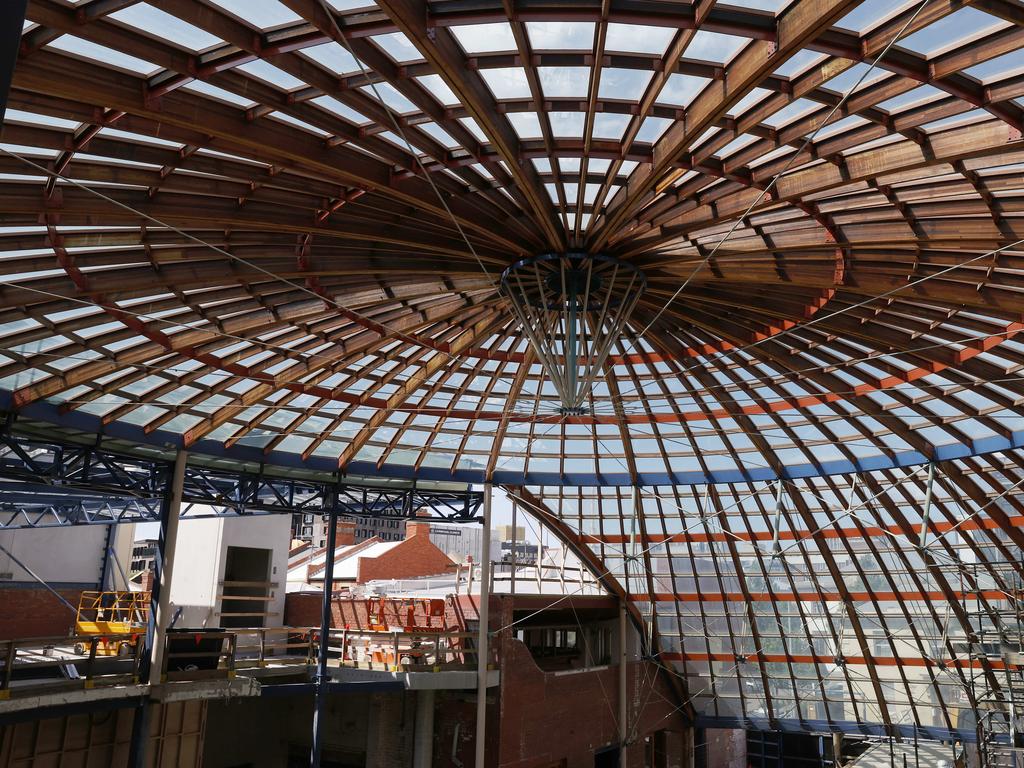
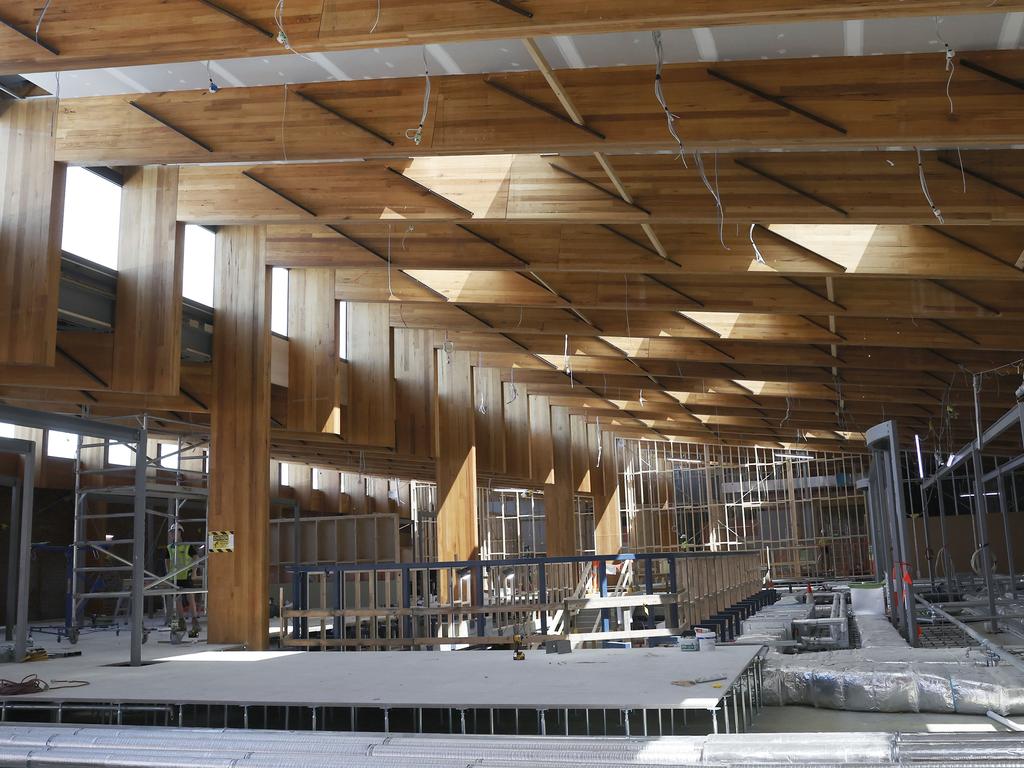
“It’s on budget and on time and of course there’s complexities to a project such as this one,” Mr Farrelly said.
“This is a crucial development for the university.
“We’re really excited about what it will mean for our staff and students as we go about creating for them a 21st century learning and research environment.
“The fact that it is right in the centre of Hobart, closely connected to business, government and community, gives us huge opportunities as we look ahead to the needs of young Tasmanians over the generation to come.
“Everybody’s getting excited about what that will mean for the broader rejuvenation of this area of the city.”
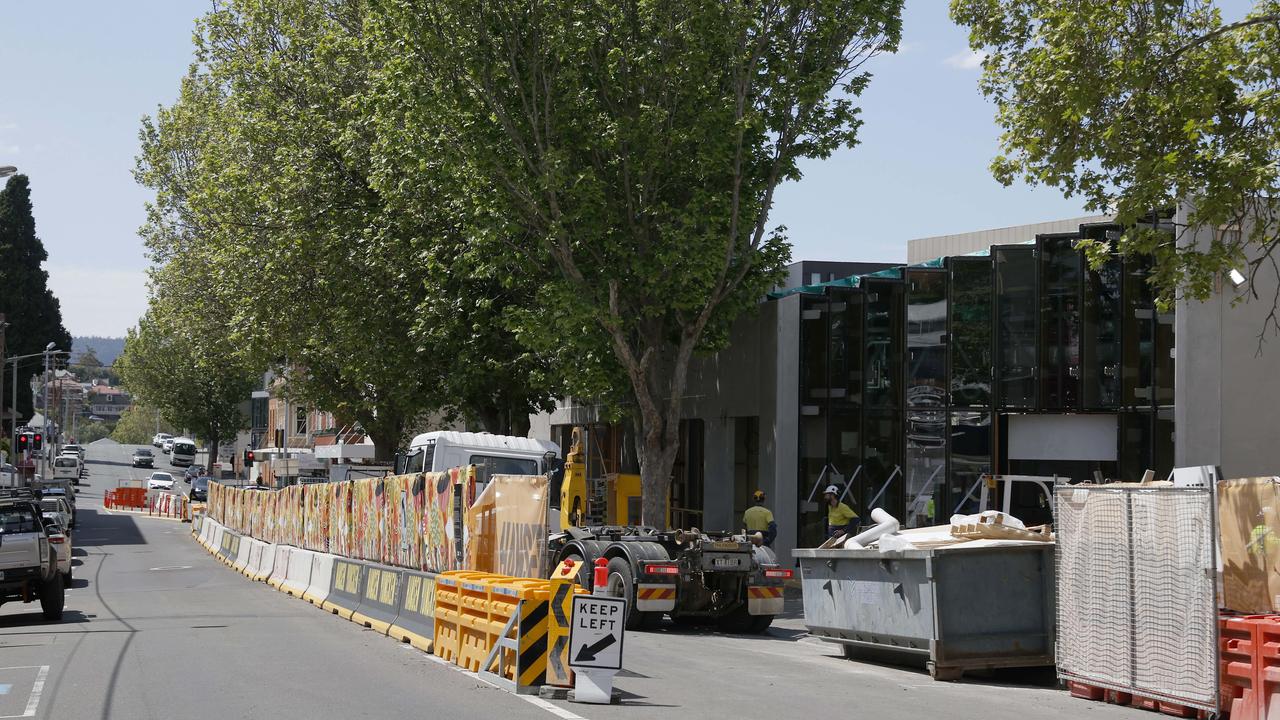
Although the building is only at the half-way stage, Professor Farrelly is pleased at its international success.
“The university is delighted the forestry development has been recognised on the world stage for its advances in building technology which will support the sustainable future we are working to create as the number one university for climate action,” he said.
The redevelopment is inspired by architect Robert Morris-Nunn who designed the building’s original restoration in the 1990s.
Mr Morris-Nunn, who is in Singapore for the world architecture awards, is over-joyed the centerpiece 22m wide glass dome conservatory will remain a feature.
“I’m very happy to see my vision of 30 years ago reinterpreted and indeed made far more inclusive as a genuine public urban forest, now forming an integral part of the university’s new campus development,” he told the Sunday Tasmanian.
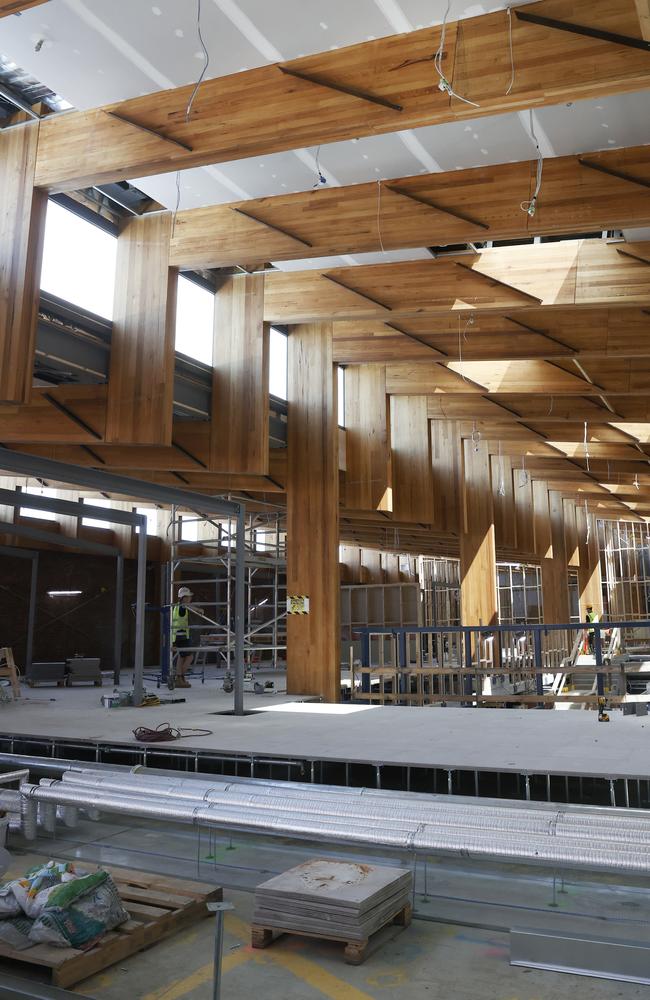
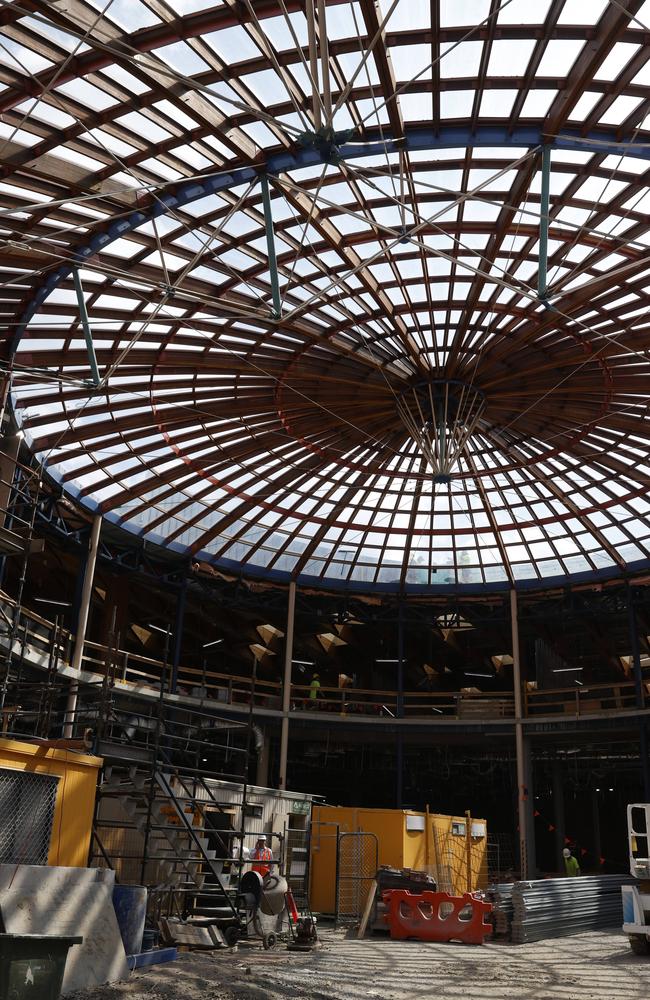
The conservatory once had a big indoor forest beneath the heritage-listed dome.
The living forest will be restored with about 3500 plants creating a new public thoroughfare between Melville and Brisbane streets.
Despite Tasmania’s divisive forestry wars, Professor Farrelly makes no apologies for calling it the forestry building.
“Our university is ranked by The Times higher education as the world’s number one for climate action, and we’ve held that ranking for three years in a row,” he said.
“We’re proud that Tasmania is a world leader in that regard, and we think that this building at this scale promises to be epic.
“It also has the opportunity to be an iconic feature of the Hobart and Tasmanian landscape, and we think it’s a terrific opportunity to showcase our natural heritage alongside this wonderfully renovated historic building.”
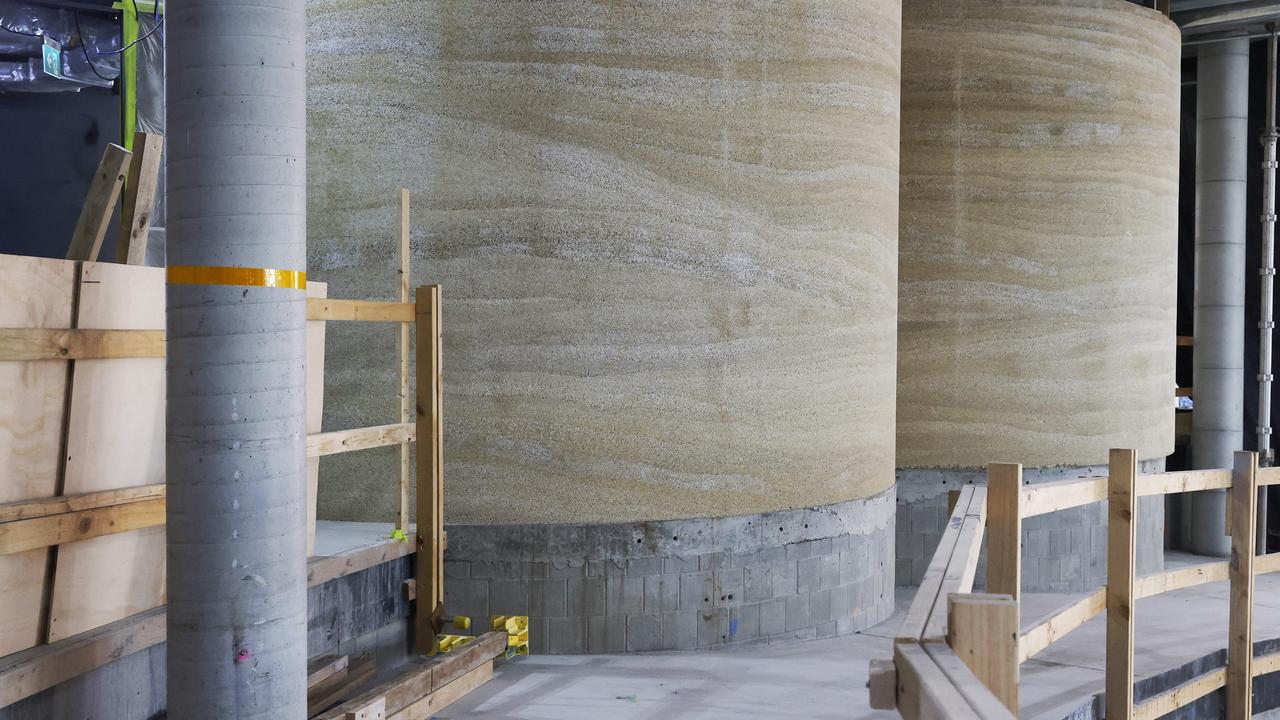
The initial cost of the redevelopment blew out by $45m due to design changes and increased cost of materials.
Hansen Yuncken Tasmanian construction manager Julian Proud says it is “a very challenging project”.
“We’ve got 14,000sqm of project that we’re able to get underway almost all at the same time,” he said.
“Normally, in a $130m project, you’re building level by level by level, and then you’ll be populating level by level, (but) in this particular project when we’re repurposing the existing facility, we really have a head start on the main structure of the building, which allows us to start in so many different places.
“We’ve employed close to 1200 people so far that have been inducted onto the project and what’s pretty exciting is we’ve got 97 apprentices that have been inducted.”
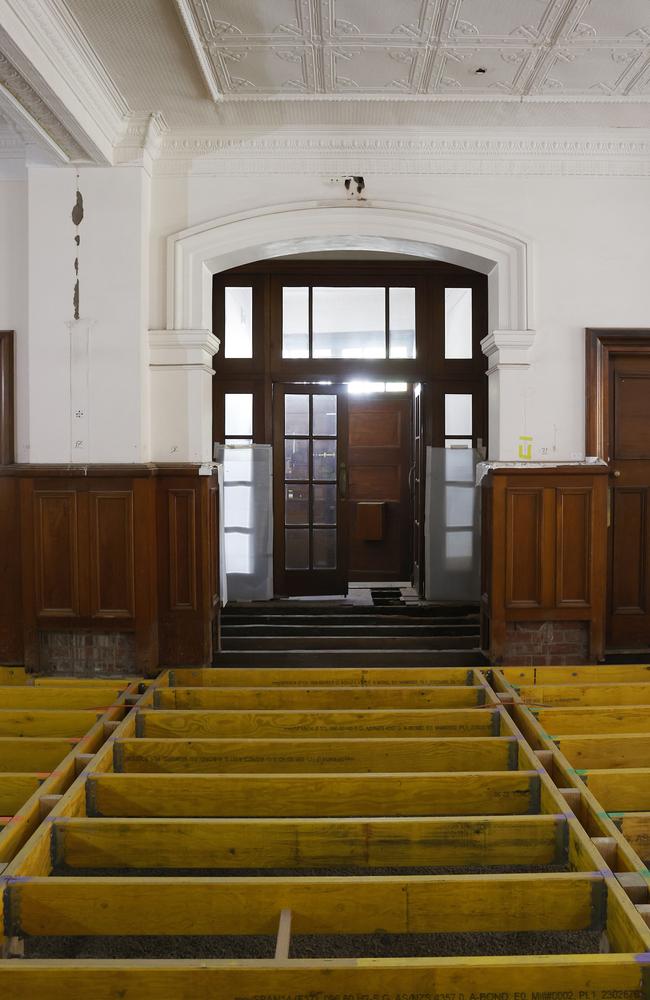
Mr Proud said between 140 and 150 people worked on the site every day.
“We’ll probably top that at about 190 per day, which is quite logistically
challenging,” he said.
“Quite a number of our people in this construction team are actually students that have gone through the University of Tasmania.”



